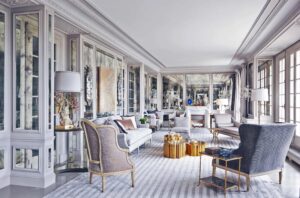
Welcome to the world of open-concept living, where walls disappear, spaces merge, and homes become a canvas for creativity and connection. In this captivating journey, we will explore the wonders of blending spaces, breaking down barriers, and creating a sense of freedom and openness in our homes.
Get ready to embrace the fun and excitement of open-concept living as we dive into the art of creating spacious and connected living environments.
1. The Allure of Open-Concept Living
Open-concept living has revolutionized interior design, redefining how we experience and interact with our living spaces. By eliminating physical barriers, this design approach transforms separate rooms into interconnected zones, creating a sense of spaciousness and fostering social engagement.
1.1. Fluid Boundaries and Expansive Feel
The absence of walls in open-concept living creates fluid boundaries that seamlessly blend different functional areas. This design philosophy not only promotes a cohesive flow between spaces but also imparts an expansive feel to even modestly sized homes. The openness removes visual clutter, allowing the eye to travel uninterrupted, thereby enhancing the perception of space.
1.2. A Modern Lifestyle Choice
Open-concept living aligns perfectly with contemporary lifestyles that emphasize social interaction and versatility. By merging living, dining, and kitchen areas, families can engage in various activities while staying connected. This communal approach supports the modern need for flexibility, making it easier to adapt spaces for different purposes.
1.3. Promoting Natural Light and Airflow
The unobstructed layout of open-concept living maximizes the influx of natural light, creating a bright and welcoming atmosphere. Sunlight penetrates deeper into the space, reducing the need for artificial lighting and adding to energy efficiency. Additionally, improved airflow due to the lack of walls enhances indoor air quality and comfort.
1.4. Designing for Social Engagement
Open spaces encourage social interaction among occupants. While cooking, you can converse with family or guests seated in the living area. During gatherings, everyone remains connected, allowing hosts to engage with their guests without interruptions from room divisions.
1.5. Flexibility in Interior Design
Designing an open-concept layout allows for creative freedom. The absence of walls lets you experiment with furniture arrangements, decorative elements, and color schemes that seamlessly transition from one area to another. This cohesive design approach creates a unified and visually appealing interior.
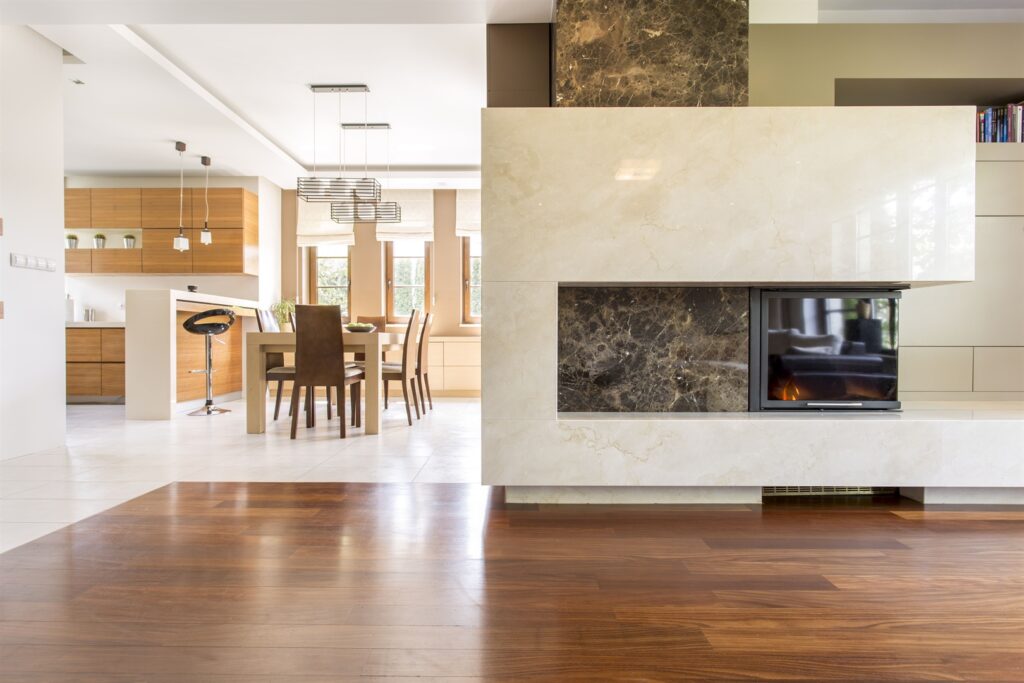
2. Enhancing Natural Light and Views
The concept of open living is not just about a seamless spatial flow; it’s also a celebration of light and views. Removing walls allows natural light to permeate every corner, and unobstructed views establish a strong connection with the outdoors.
2.1. Amplifying Natural Light
Open-concept living significantly enhances the presence of natural light. Without walls to impede its path, sunlight penetrates deeper into the space, brightening even the farthest corners. This creates a welcoming and cheerful ambiance, minimizing the need for artificial lighting during daylight hours.
2.2. Illuminating Every Nook and Cranny
The absence of partitions ensures that no area is left in the shadows. Every corner of the open space benefits from the influx of light, making the entire living area feel more vibrant and inviting. This enhanced lighting contributes to a visually appealing interior design.
2.3. A Connection with the Outdoors
Open-concept living blurs the lines between indoor and outdoor spaces. Unobstructed views of the surrounding environment create a strong visual connection with nature. Whether it’s a lush garden, a serene courtyard, or a scenic landscape, these views become integral elements of the interior design.
2.4. Creating a Sense of Freedom
The influx of natural light and the connection with outdoor views evoke a sense of freedom and openness. The interior becomes a harmonious extension of the surrounding environment, allowing occupants to experience the changing play of light throughout the day.
2.5. Architectural Elements to Maximize Light
Architectural elements play a vital role in enhancing natural light. Large windows, glass doors, and skylights are effective tools to harness daylight and bring it into the living space. These elements not only brighten the interior but also add a touch of sophistication to the overall design.
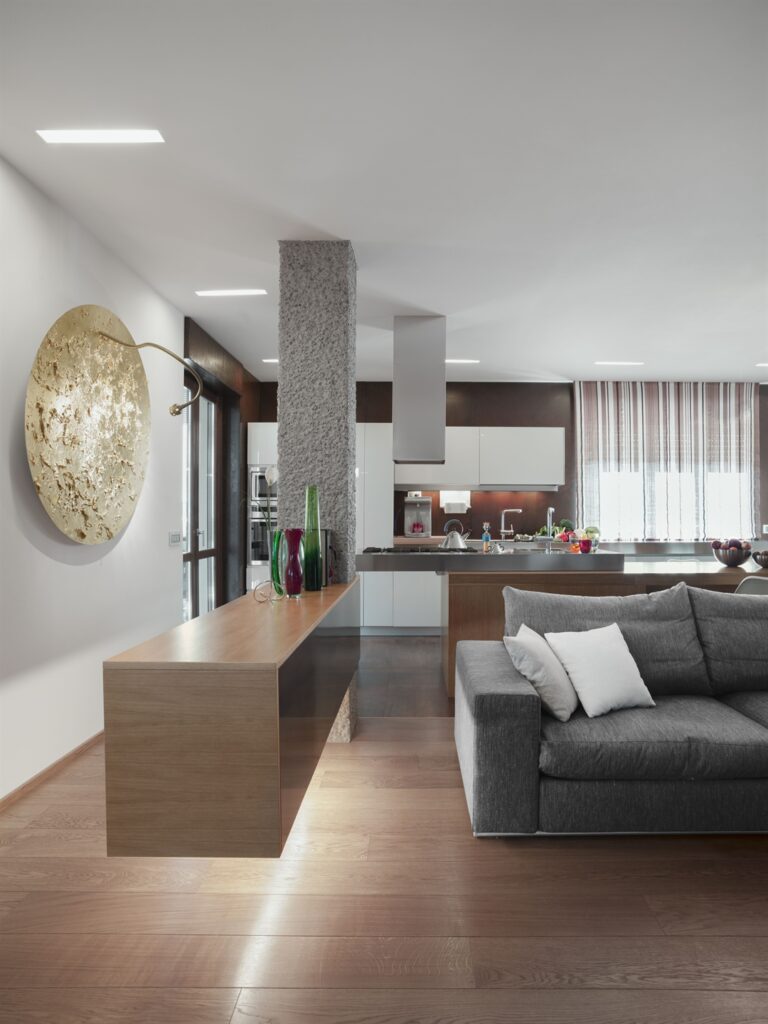
3. Designing a Functional Layout
Open-concept living may seem effortless, but designing a functional layout within this framework requires careful consideration. Without the guidance of walls, creating distinct zones for various activities becomes crucial.
3.1. Defining Activity Zones
The absence of walls does not mean a lack of organization. Define specific activity zones within the open space, such as the cooking area, dining space, and lounging zone. This delineation ensures that each area serves its purpose effectively.
3.2. Maintaining Cohesive Flow
While distinct zones are essential, maintaining a cohesive flow between them is equally important. Use common design elements, such as a consistent color palette and complementary materials, to create a unified visual language throughout the open area.
3.3. Furniture as Dividers
Furniture becomes the natural divider in an open-concept layout. Strategically place furniture to create a sense of separation between zones. For instance, a sofa can serve as a boundary between the living area and the dining space.
3.4. Proper Furniture Arrangement
Effective furniture arrangement is key to a functional open-concept living area. Consider traffic flow, visibility, and accessibility when placing furniture. Arrange seating to encourage conversation and interaction, ensuring a comfortable and practical layout.
3.5. Rugs for Zone Definition
Rugs play a significant role in defining different zones within an open space. A well-placed rug can visually separate the dining area from the living space or delineate a reading nook within a larger lounge area.
3.6. The Role of Storage Solutions
In an open-concept layout, clutter can quickly become an issue. Incorporate stylish storage solutions that integrate seamlessly into the design. Built-in shelving, hidden cabinets, and multipurpose furniture help maintain an organized and clutter-free space.
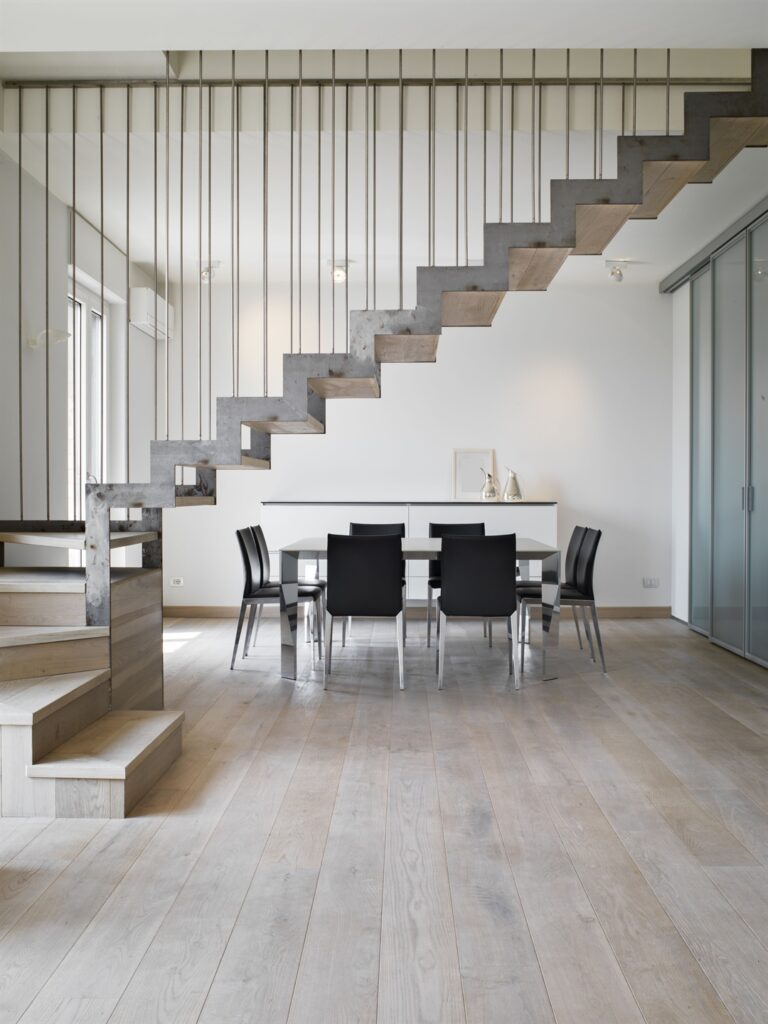
4. Creating Visual Continuity
Open concept living transforms the traditional layout of homes, offering a seamless transition between different areas and fostering a sense of openness. Achieving a harmonious and cohesive design within this layout requires careful consideration of visual continuity.
4.1. Unifying Design Elements
Visual continuity hinges on selecting design elements that tie the various spaces together. Begin by choosing a unifying color palette that resonates across the open area. While each zone can have distinct accents, maintaining a consistent color theme ensures a seamless flow.
4.2. Consistent Materials and Textures
Consistency in materials and textures plays a pivotal role in visual continuity. Opt for the same or complementary materials for flooring, countertops, and cabinetry. This approach minimizes abrupt transitions and fosters a harmonious ambiance.
4.3. Thoughtful Lighting Design
Lighting serves as both a functional and aesthetic tool in creating visual continuity. Opt for lighting fixtures that share a common design thread while catering to the specific needs of each space. Lighting unifies the area and sets the mood.
4.4. Furniture Style and Arrangement
To maintain visual continuity, stick to a consistent furniture style throughout the open space. While different zones may have varying functions, a shared design language ties them together seamlessly. Arrange furniture to facilitate an organic flow and to avoid cluttered arrangements.
4.5. Artwork and Accessories
Artwork and accessories contribute to the overall visual flow. Select pieces that align with the design theme and place them thoughtfully to guide the eye naturally from one area to another. Accessories serve as subtle visual cues that enhance the cohesion.
4.6. Transition Spaces
Incorporate transition spaces that bridge the different functional areas. These spaces can feature design elements that combine characteristics from both adjacent zones, further solidifying the sense of visual continuity.
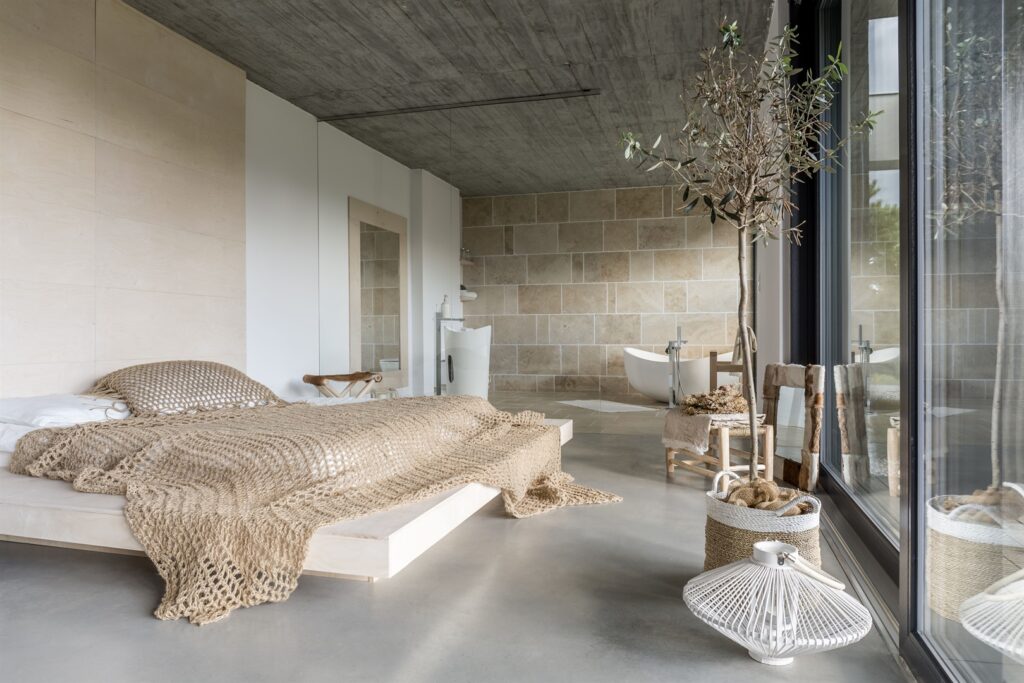
5. Overcoming Acoustic Challenges
Open-concept living has revolutionized the way we experience our living spaces, emphasizing connectivity and a sense of spaciousness. However, the absence of traditional walls in open-concept layouts can pose acoustic challenges, leading to noise interference and reduced privacy.
5.1. Soft Furnishings for Sound Absorption
The introduction of soft furnishings plays a pivotal role in mitigating acoustic issues. Upholstered furniture, curtains, cushions, and even wall hangings can absorb sound waves, curbing reverberation and echo. These textiles dampen noise and contribute to a more soothing auditory atmosphere.
5.2. Area Rugs and Carpets
Area rugs and carpets are valuable additions in minimizing noise in open spaces. Beyond their aesthetic appeal, these textiles create an additional layer of sound absorption, diminishing footfall noise and other sounds that can echo in larger areas.
5.3. Sound-Absorbing Materials
Strategically selecting sound-absorbing materials can significantly alleviate acoustic challenges. Consider materials like cork, acoustic panels, and textured wall coverings that have inherent sound-absorbing properties. These materials can be integrated seamlessly into your interior design while enhancing acoustic comfort.
5.4. Furniture Layout Considerations
Thoughtful furniture arrangement can serve as a barrier to sound transmission. Place larger furniture pieces strategically between areas where sound is likely to travel. This arrangement helps redirect and absorb sound waves, enhancing acoustic comfort.
5.5. Incorporating Room Dividers
Room dividers, such as bookshelves or decorative screens, are dual-purpose solutions for both visual separation and acoustic control. These dividers not only add an aesthetic element but also contribute to maintaining a controlled auditory environment.
5.6. Seeking Acoustic Consultation
For more complex open concept spaces, seeking advice from an acoustic design professional can be invaluable. They can provide tailored solutions to address specific noise challenges, ensuring optimal acoustic comfort.
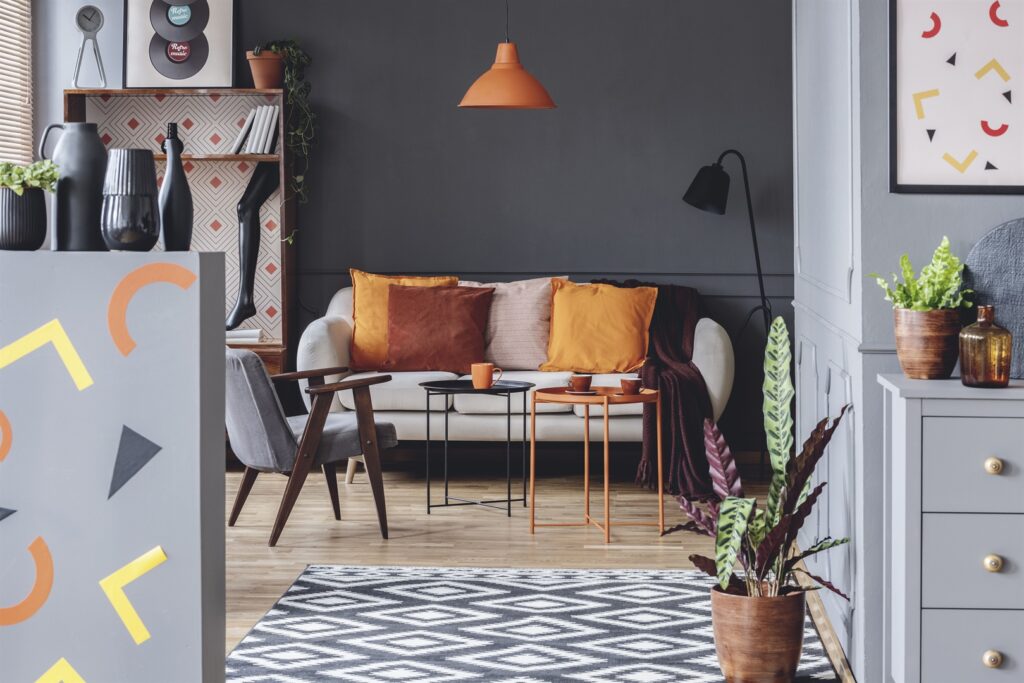
6. The Role of Furniture Placement
The layout of furniture plays a pivotal role in open-concept living, where boundaries between spaces blur to create a cohesive and expansive environment. Strategic furniture placement not only defines functional areas but also influences the overall flow and aesthetic of the space.
6.1. Defining Zones and Functions
One of the primary functions of furniture placement in open-concept living is defining various zones. Furniture acts as a visual separator, helping to distinguish between the living, dining, and kitchen areas. This clear delineation enhances the functionality of the space and makes it easier to navigate.
6.2. Facilitating Natural Flow
Effective furniture placement ensures a natural flow of movement throughout the open area. Carefully arrange furniture to create pathways that guide inhabitants from one zone to another without obstruction. This fluid movement enhances the practicality and comfort of the space.
6.3. Avoiding Overcrowding
While the absence of walls contributes to the spacious feel of open-concept living, it’s essential to strike a balance and avoid overcrowding. Choose furniture pieces that are appropriately scaled to the space. Adequate spacing between pieces prevents the area from feeling cramped and allows for a comfortable living experience.
6.4. Focal Points and Conversational Areas
Strategically positioned furniture can emphasize focal points and facilitate conversations. Arrange seating to highlight a stunning view, a fireplace, or a piece of art. By creating conversational clusters, you encourage social interaction and engagement among occupants.
6.5. Incorporating Versatility
Open-concept living calls for versatile furniture that adapts to various functions. Opt for pieces with multifunctional features or modular designs. This adaptability allows you to transform the space to suit different needs and occasions.
6.6. Balancing Aesthetics and Functionality
Successful furniture placement strikes a delicate balance between aesthetics and functionality. While aesthetics contribute to the visual appeal, functionality ensures that the space serves its purpose effectively. Achieving this equilibrium contributes to a harmonious and pleasing living environment.
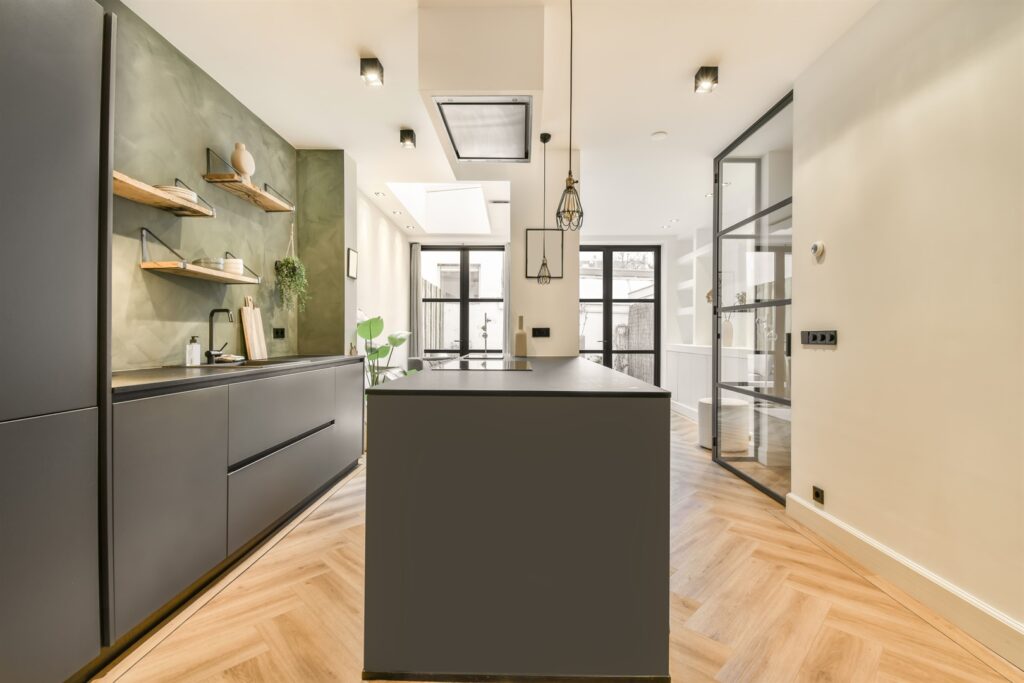
7. Achieving Privacy within Open Spaces
Open-concept living is admired for its sense of space and connectivity, but concerns about privacy often arise. While the absence of walls encourages interaction, it’s essential to strike a balance between openness and the need for private moments. In this section, we explore innovative design solutions that enable you to achieve privacy within open spaces without compromising the overall concept.
7.1. The Importance of Privacy
Privacy remains a fundamental aspect of comfortable living. Whether it’s a quiet moment of relaxation, focused work, or intimate conversations, open spaces should provide options for creating pockets of privacy.
7.2. Sliding Doors and Partition Screens
Sliding doors and partition screens offer a versatile way to create temporary divisions within open spaces. These solutions allow you to enclose areas when needed and keep them open to maintain the sense of openness. The use of frosted or translucent materials ensures privacy while preserving natural light.
7.3. Artful Room Dividers
Modern room dividers have transcended their functional role to become design statements. Choose dividers that complement the interior aesthetic, adding an artistic touch while serving the purpose of creating privacy.
7.4. Elegance of Curtains and Drapes
Curtains and drapes provide a soft and elegant means of achieving privacy. When drawn, they effectively shield a space from view. Select fabrics that harmonize with the interior design, adding both visual appeal and a layer of privacy.
7.5. Intimate Nooks and Corners
Strategically designing intimate nooks or corners within open spaces offers secluded retreats. These spaces can be furnished with a comfortable chair, a small desk, or bookshelves, creating areas for focused activities or contemplative moments.
7.6. Acoustic Enhancements for Privacy
Addressing acoustics can contribute to privacy. Incorporate sound-absorbing materials like upholstered furniture, area rugs, and wall panels to dampen noise and create a quieter environment within the open space.
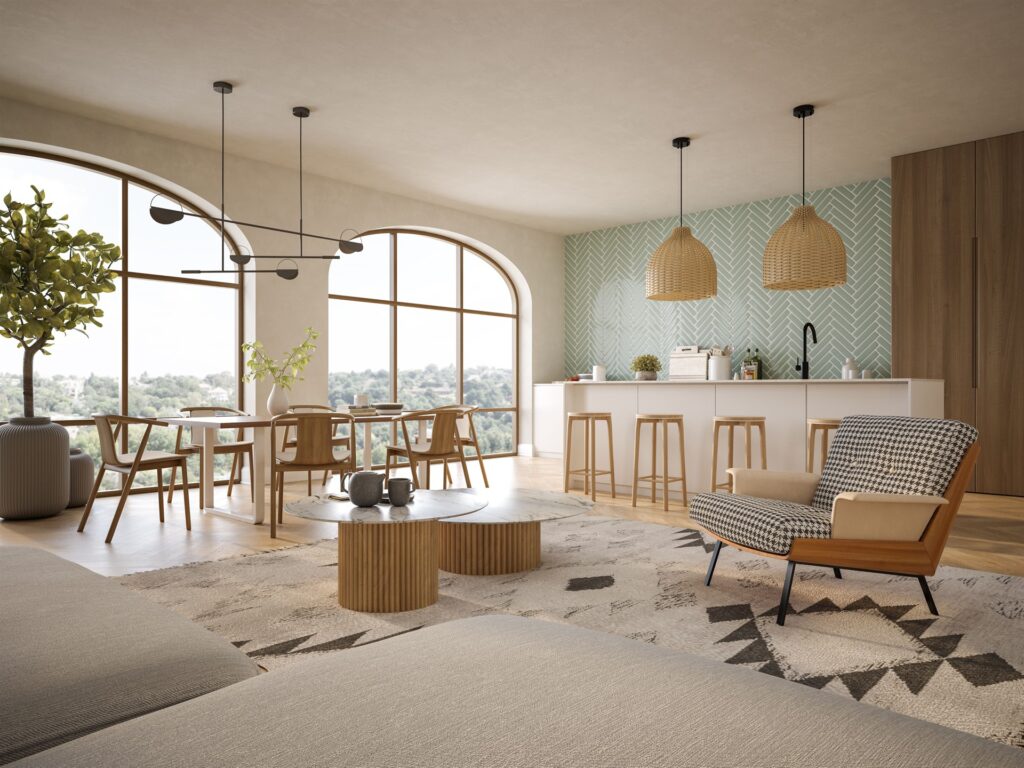
Conclusion
As we conclude our exhilarating journey through the world of open-concept living, we are left inspired by the boundless possibilities it offers. Blending spaces create a sense of freedom, fosters connectivity, and transform our homes into havens of joy and togetherness.
So, dare to break down barriers, design with creativity and flair, and embrace the fun and excitement of open-concept living. Let your home be a reflection of your lifestyle and a celebration of spaciousness and connection.
Recent Articles
-
 Winter's Warm Embrace: Crafting A Cozy Sanctuary With Hygge-Inspired Décor
Winter's Warm Embrace: Crafting A Cozy Sanctuary With Hygge-Inspired Décor -
 The Art Of Elevating Well-Being With Nature-Infused Interior Design
The Art Of Elevating Well-Being With Nature-Infused Interior Design -
 Enigmatic Allure: The Timeless Elegance Of Embracing Dark Colors In Interior Design
Enigmatic Allure: The Timeless Elegance Of Embracing Dark Colors In Interior Design -
 Sustainable Serenity: Crafting Eco-Friendly Sanctuaries With Organic Materials In Interior Design
Sustainable Serenity: Crafting Eco-Friendly Sanctuaries With Organic Materials In Interior Design


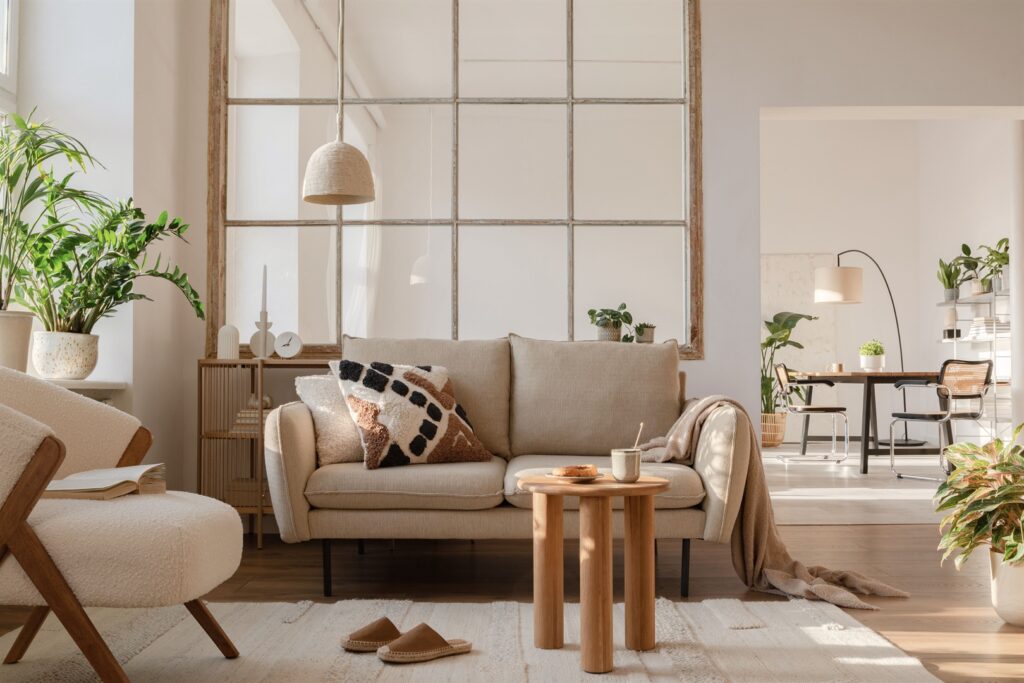
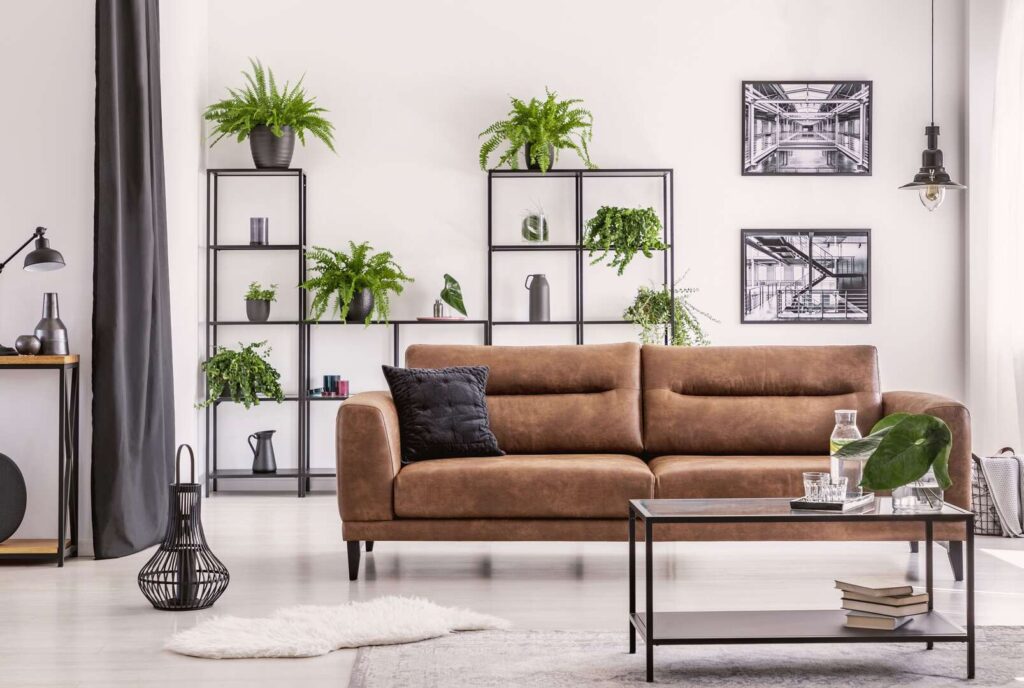
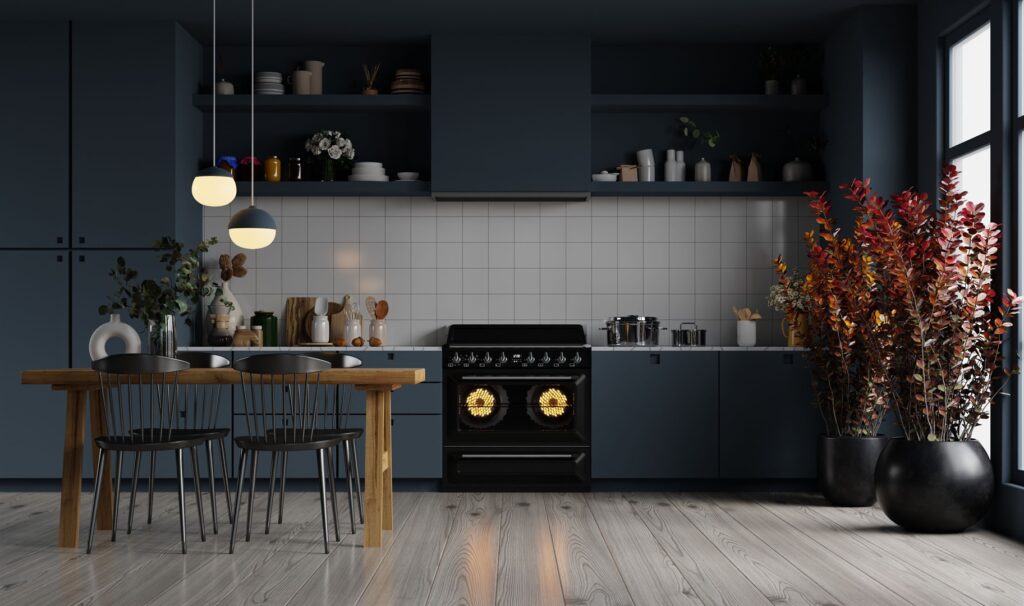
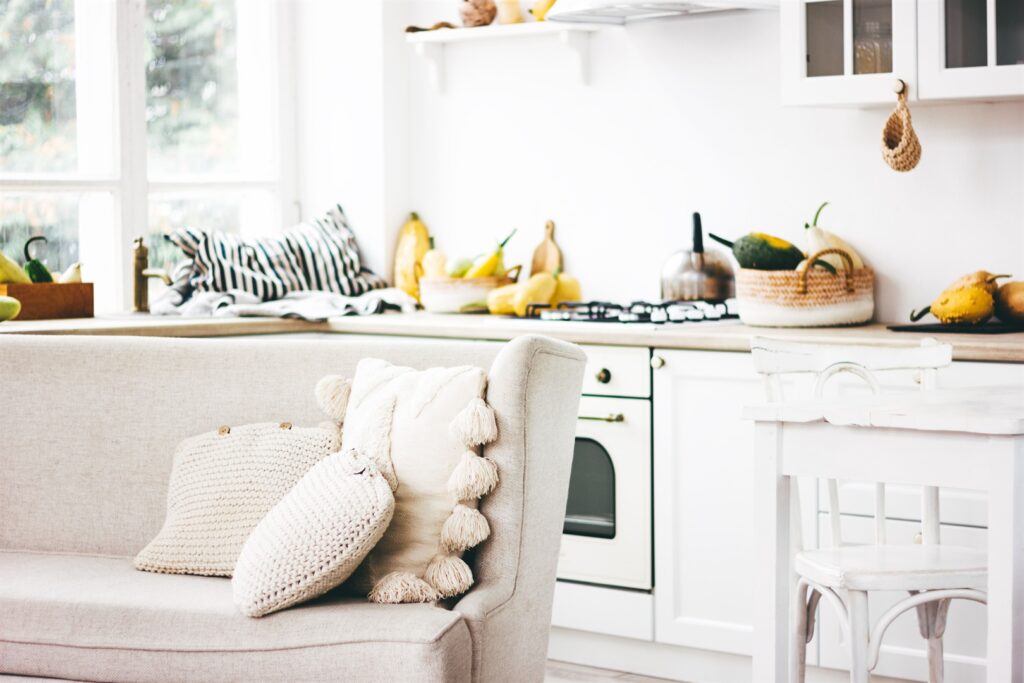
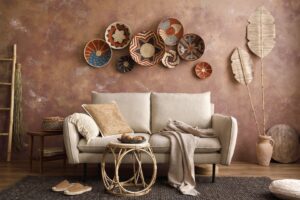
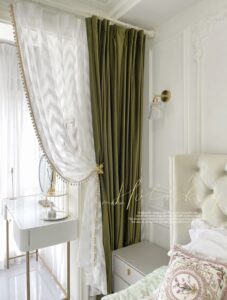
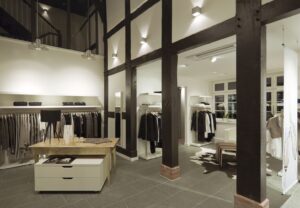

.png)